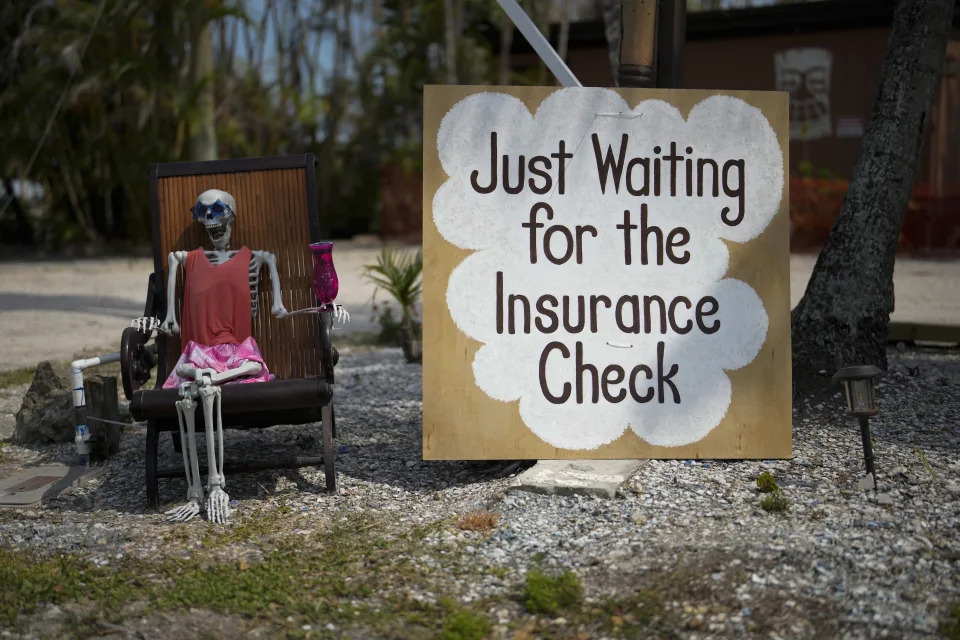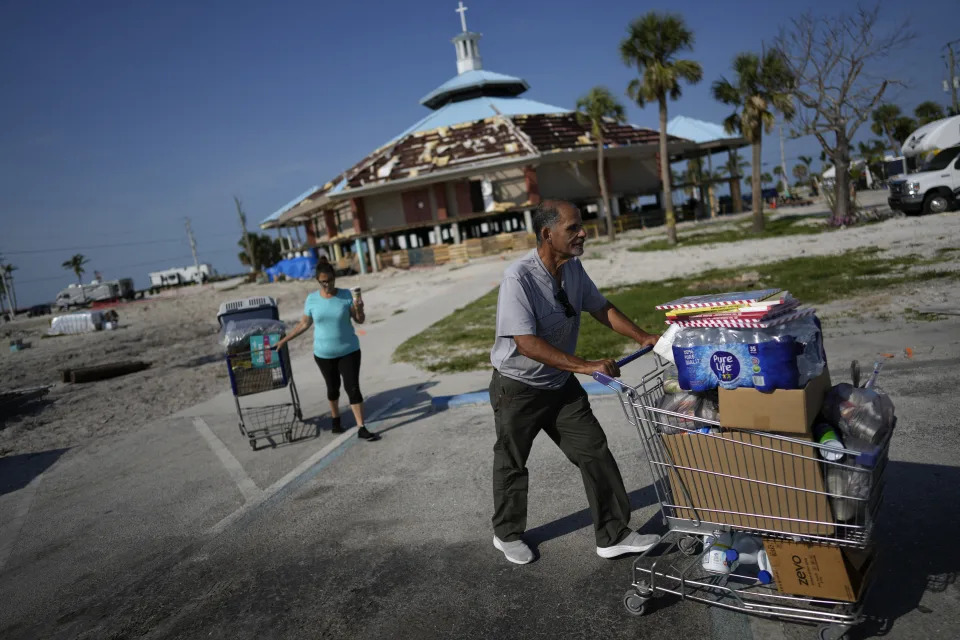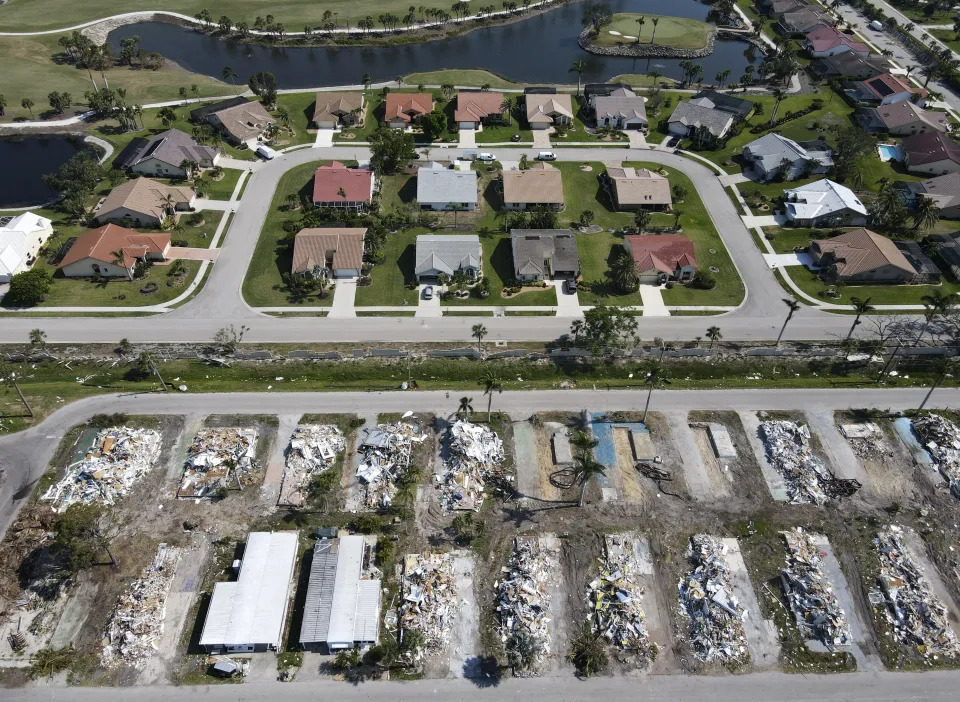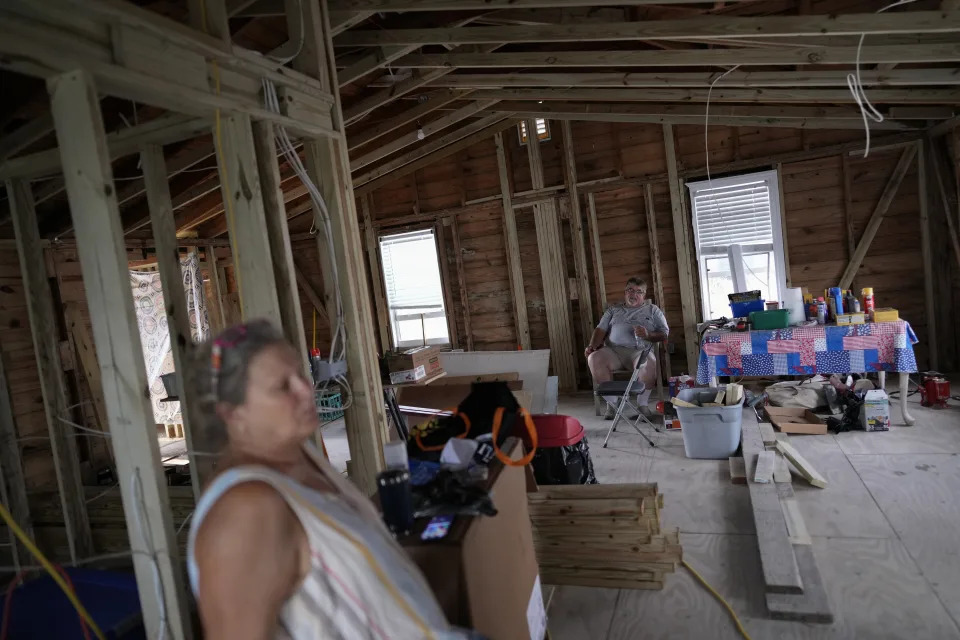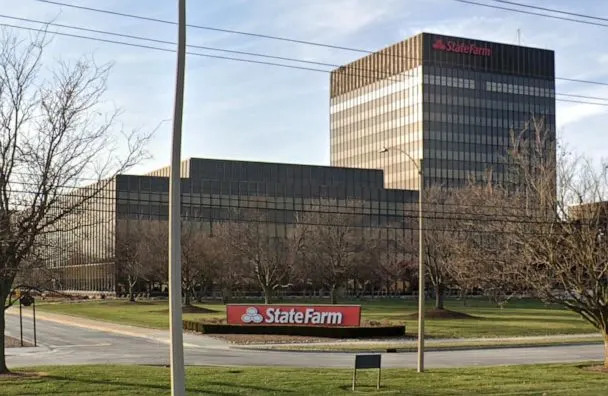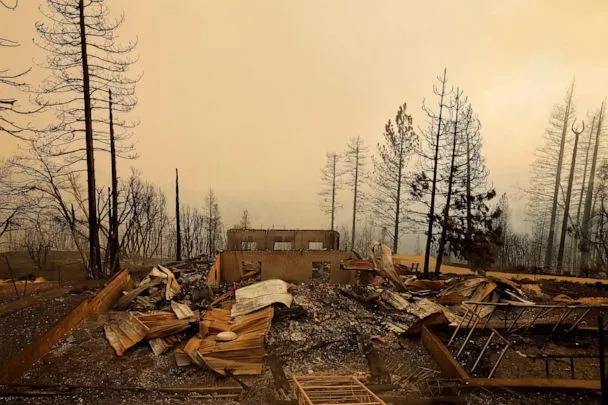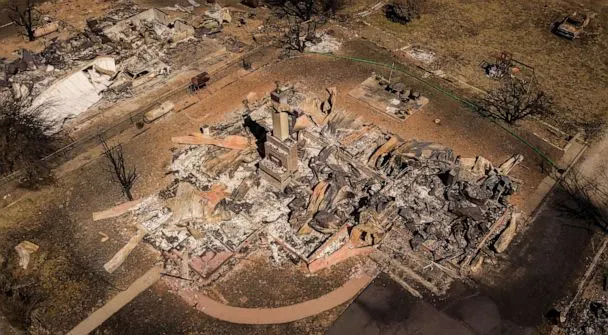The New York Times
Climate Shocks Are Making Parts of America Uninsurable. It Just Got Worse.
Christopher Flavelle – May 31, 2023
The climate crisis is becoming a financial crisis.
This month, the largest homeowner insurance company in California, State Farm, announced that it would stop selling coverage to homeowners. That’s not just in wildfire zones, but everywhere in the state.
Insurance companies, tired of losing money, are raising rates, restricting coverage or pulling out of some areas altogether — making it more expensive for people to live in their homes.
“Risk has a price,” said Roy Wright, the former official in charge of insurance at the Federal Emergency Management Agency, and now head of the Insurance Institute for Business and Home Safety, a research group. “We’re just now seeing it.”
In parts of eastern Kentucky ravaged by storms last summer, the price of flood insurance is set to quadruple. In Louisiana, the top insurance official says the market is in crisis, and is offering millions of dollars in subsidies to try to draw insurers to the state.
And in much of Florida, homeowners are increasingly struggling to buy storm coverage. Most big insurers have pulled out of the state already, sending homeowners to smaller private companies that are straining to stay in business — a possible glimpse into California’s future if more big insurers leave.
Growing ‘catastrophe exposure’
State Farm, which insures more homeowners in California than any other company, said it would stop accepting applications for most types of new insurance policies in the state because of “rapidly growing catastrophe exposure.”
The company said that while it recognized the work of California officials to reduce losses from wildfires, it had to stop writing new policies “to improve the company’s financial strength.” A State Farm spokesperson did not respond to a request for comment.
Insurance rates in California jumped after wildfires became more devastating than anyone had anticipated. A series of fires that broke out in 2017, many ignited by sparks from failing utility equipment, exploded in size with the effects of climate change. Some homeowners lost their insurance entirely because insurers refused to cover homes in vulnerable areas.
Michael Soller, a spokesperson for the California Department of Insurance, said the agency was working to address the underlying factors that have caused disruption in the insurance industry across the country and around the world, including the biggest one: climate change.
He highlighted the department’s Safer From Wildfires initiative, a fire resilience program, and noted that state lawmakers are also working to control development in the areas at highest risk of burning.
But Tom Corringham, a research economist with the Scripps Institution of Oceanography at the University of California San Diego who has studied the costs of natural disasters, said that allowing people to live in homes that are becoming uninsurable, or prohibitively expensive to insure, was unsustainable.
He said that policymakers must seriously consider buying properties that are at greatest risk, or otherwise moving residents out of the most dangerous communities.
“If we let the market sort it out, we have insurers refusing to write new policies in certain areas,” Corringham said. “We’re not sure how that’s in anyone’s best interest other than insurers.”
A broken model
California’s woes resemble a slow-motion version of what Florida experienced after Hurricane Andrew devastated Miami in 1992. The losses bankrupted some insurers and caused most national carriers to pull out of the state.
In response, Florida established a complicated system: a market based on small insurance companies, backed up by Citizens Property Insurance Corp., a state-mandated company that would provide windstorm coverage for homeowners who couldn’t find private insurance.
For a while, it mostly worked. Then came Hurricane Irma.
The 2017 hurricane, which made landfall in the Florida Keys as a Category 4 storm before moving up the coast, didn’t cause a particularly great amount of damage. But it was the first in a series of storms, culminating in Hurricane Ian last October, that broke the model insurers had relied on: One bad year of claims, followed by a few quiet years to build back their reserves.
Since Irma, almost every year has been bad.
Private insurers began to struggle to pay their claims; some went out of business. Those that survived increased their rates significantly.
More people have left the private market for Citizens, which recently became the state’s largest insurance provider, according to Michael Peltier, a spokesperson. But Citizens won’t cover homes with a replacement cost of more than $700,000, or $1 million in Miami-Dade County and the Florida Keys.
That leaves those homeowners with no choice but private coverage — and in parts of the state, that coverage is getting harder to find, Peltier said.
‘Just not enough wealth’
Florida, despite its challenges, has an important advantage: A steady of influx of residents who remain, for now, willing and able to pay the rising cost of living there. In Louisiana, the rising cost of insurance has become, for some communities, a threat to their existence.
Like Florida after Andrew, Louisiana’s insurance market started to buckle after insurers began leaving following Hurricane Katrina in 2005. Then, starting with Hurricane Laura in 2020, a series of storms pummeled the state. Nine insurance companies failed; people began rushing into the state’s own version of Florida’s Citizens plan.
The state’s insurance market “is in crisis,” Louisiana’s insurance commissioner, James J. Donelon, said in an interview.
In December, Louisiana had to increase premiums for coverage provided by its Citizens plan by 63%, to an average of $4,700 a year. In March, it borrowed $500 million from the bond market to pay the claims of homeowners who had been abandoned when their private insurers failed, Donelon said. The state recently agreed to new subsidies for private insurers, essentially paying them to do business in the state.
Donelon said he hoped that the subsidies would stabilize the market. But Jesse Keenan, a professor at Tulane University in New Orleans and an expert in climate adaptation and finance, said the state’s insurance market would be hard to turn around. The high cost of insurance has begun to affect home prices, he said.
In the past, it would have been possible for some communities — those where homes are passed down from generation to generation, with no mortgages required and no banks demanding insurance — to go without insurance altogether. But as climate change makes storms more intense, that’s no longer an option.
“There’s just not enough wealth in those low-income communities to continue to rebuild, storm after storm,” Keenan said.
A shift to risk-based pricing
Even as homeowners in coastal states face rising costs for wind coverage, they’re being squeezed from yet another direction: Flood insurance.
In 1968, Congress created the National Flood Insurance Program, which offered taxpayer-backed coverage to homeowners. As with wildfires in California and hurricanes in Florida, the flood program arose from what economists call a market failure: Private insurers wouldn’t provide coverage for flooding, leaving homeowners with no options.
The program achieved its main goal, of making flood insurance widely available at a price that homeowners could afford. But as storms became more severe, the program faced growing losses.
In 2021, FEMA, which runs the program, began setting rates equal to the actual flood risk facing homeowners — an effort to better communicate the true danger facing different properties, and also to stanch the losses for the government.
Those increases, which are being phased in over years, in some cases amount to enormous jumps in price. The current cost of flood insurance for single-family homes nationwide is $888 a year, according to FEMA. Under the new, risk-based pricing, that average cost would be $1,808.
And by the time current policyholders actually have to pay premiums that reflect that full risk, the impacts of climate change could make them much higher.
“Properties located in high-risk areas should plan and expect to pay for that risk,” David Maurstad, head of the flood insurance program, said in a statement.
The best way for policymakers to help keep insurance affordable is to reduce the risk people face, said Carolyn Kousky, associate vice president for economics and policy at the Environmental Defense Fund. For example, officials could impose tougher building standards in vulnerable areas.
Government-mandated programs, like the flood insurance plan, or Citizens in Florida and Louisiana, were meant to be a backstop to the private market. But as climate shocks get worse, she said, “we’re now at the point where that’s starting to crack.”








